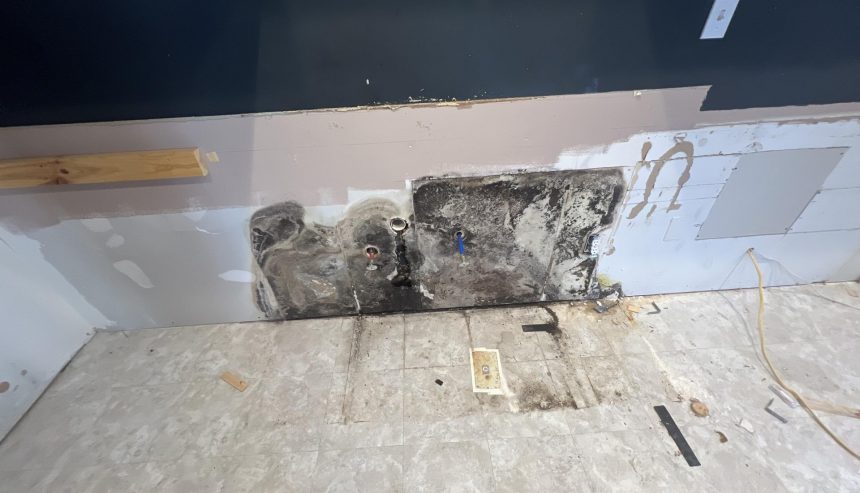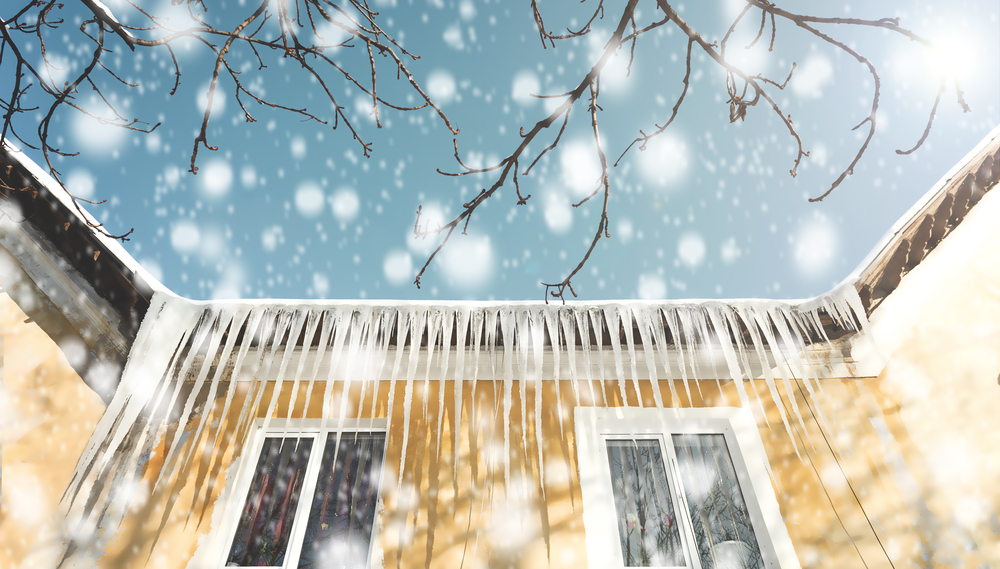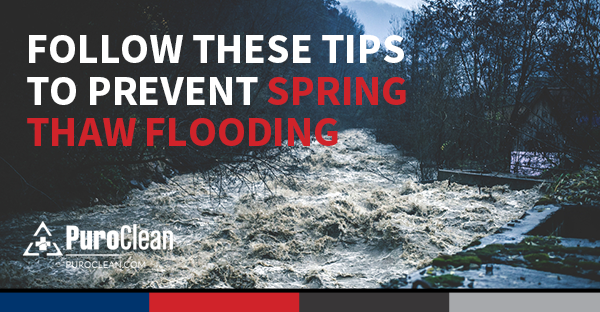Sadly, the answer is rarely.
To reduce costs and risk exposure many insurance companies have dramatically reduced or eliminated their coverage for mold damage. Many have also implemented policy limits at low levels for mold coverage they may offer.
If the mold damage is the direct result of a normally covered water loss, like a burst water pipe, the insurance companies are more likely to offer some coverage. The question of mold coverage is serious and one you should discuss with your insurance agent each year before your policy renews/changes. A coverage limit of $10,000 is little consolation when a $75,000 finished basement has to be torn out due to mold.
What does this mean for you?
Mold still presents serious health concerns. Reactions to mold exposure vary amongst individuals, even within a home, family, or commercial building. There are more than 1000 types of molds and you cannot tell by the color if the mold is dangerous or not! In addition to visible mold growth on a surface, airborne mold spores and mycotoxins may also be causing health concerns.
A common misconception is that if a chemical like bleach is applied to mold, the mold will be killed and is no longer a health risk. FALSE! Dead mold spores trigger the same reaction in your body as live mold spores. The industry standard for mold mitigation, IICRC S520-2024, Standard for Professional Mold Remediation, is very clear, the mold must be removed.
Mold damage is caused by high moisture presence with an organic material. A key element to successful mold remediation is correctly identifying the source of the moisture and correcting it so further damage does not occur. Cleaning the visible mold is NOT enough. If the source is not corrected, the mold will RETURN.
If the area is small, less than 10 sqft, you may be able to clean the area yourself provided you or other occupants of the building do NOT have compromised health or mold exposure sensitivities. This situation also requires you understand the source of the moisture and have taken steps to correct it. You must also take proper precautions with Personal Protective Equipment for the situation.
Larger areas of mold growth or situations where mold may be a more serious concern for health impacts should be inspected by a professional remediation or testing firm. Professional inspection should also be performed when there is concern mold growth may be present under flooring materials, hidden by other building materials like drywall, ceilings, or tiles. This inspection will help to define the scope of the situation and potential source for the damage. Formal testing may be required to develop a remediation protocol to bring the mold levels down to an acceptable level. If professional remediation is required in the mitigation protocol, a second test should be performed after the remediation is completed to verify the mold levels were properly reduced. All mold testing should be performed by an independent testing firm from the remediation firm to avoid any potential conflict of interest.
If the remediation of your mold situation is not covered by insurance, remediations firms like PuroClean of Wentzville offer financing options for these self-pay situations.
PuroClean of Wentzville recommends the following firms for mold testing:
AWA Environmental LLC
Will Bench
(855) 220-3900
www.awamoldtesting.com
Triangle Environmental Science and Engineering, Inc.
John Cable
(573) 364-1864
https://triangleenvironmentalrolla.com/




 PuroClean of Wentzville
PuroClean of Wentzville